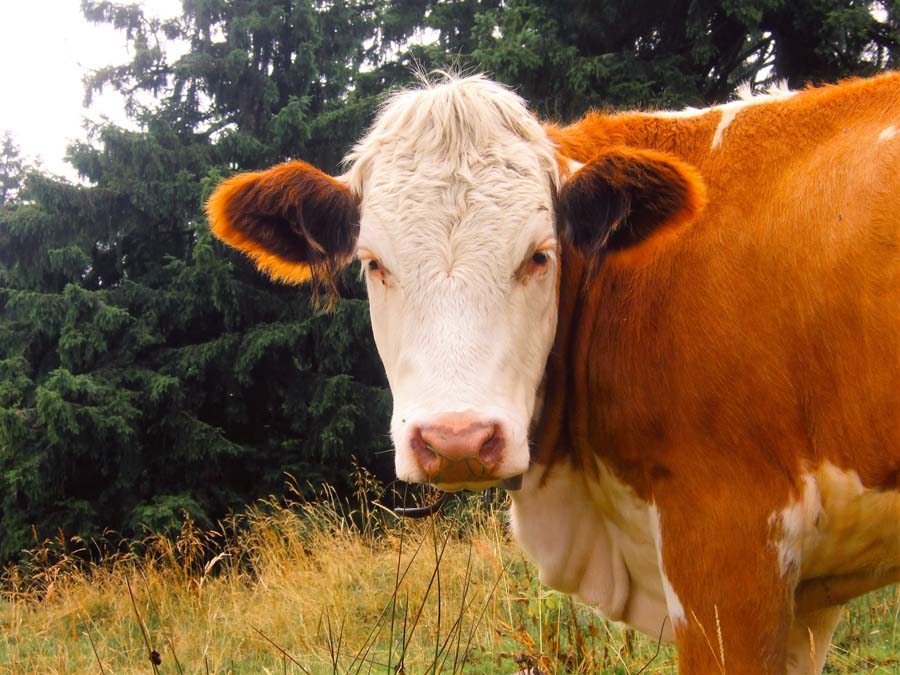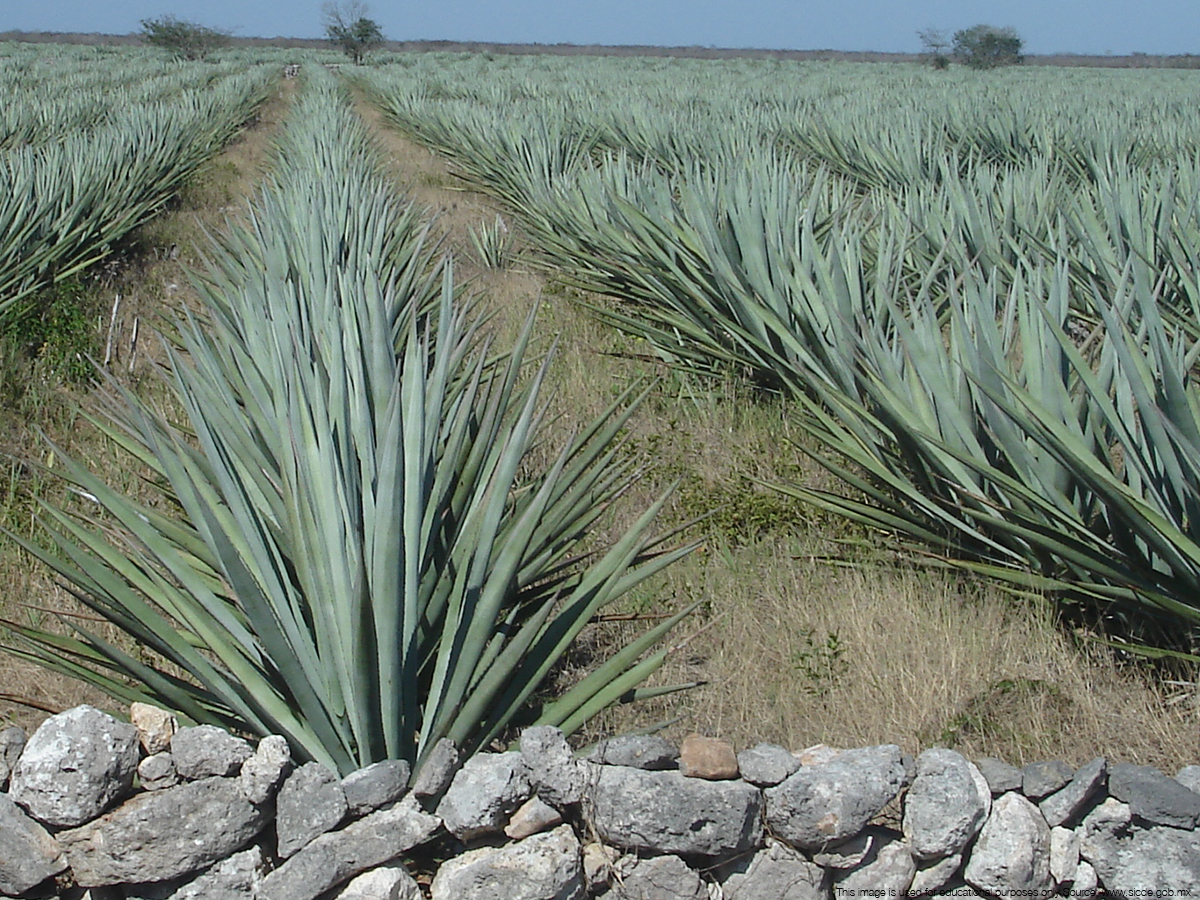Objective
-Describe patterns of vertebrate biodiversity in Yucatán and use this information to model present and future distributions of species and future changes in ecological communities. – Test genomic methodologies that can be used to study connectivity, genetic diversity, and ecological aspects of aquatic endemics (proof of concept). -Generate preliminary data for a large proposal.
Relevance of the project
- Effective biodiversity conservation relies on understanding patterns and processes that determine the distribution of species and ecological communities across landscapes.
- Better understanding of species distributions and makeup of ecological communities is needed to confront challenges to biodiversity conservation.
- –Habitat loss

 –Invasive Species
–Invasive Species
–Climate change
–Exploitation
–Pollution

- The aquifer of the Yucatan peninsula is a complex and dynamic system that includes sink-holes (cenotes), coastal wetlands, and oceanic water springs. Although, this system provides invaluable services to society and holds a great number of endemic species, it is poorly understood and highly susceptible to degradation and destruction. Its effective management and conservation requires knowledge on crucial aspects, including biodiversity, trophic interactions, population connectivity, and ecotoxicology. Unfortunately, progress on these areas is hindered by the complex nature of the system and limitations of traditional tools in ecology. Genomic tools can greatly enhance our understanding of the processes that operate at several scales, spanning individuals, populations, communities, and ecosystems.
Scientific Merit
Connectivity between population of species and interactions between species are crucial aspects that need to be understood to effectively define scales for management and conservation. However, they are not apparent in complex systems, such as wetlands and cenotes in Yucatan.
Describe geographic patterns of phylogenetic, functional and taxonomic diversity at broad scales (e.g. landscape, region) could help develop better biodiversity conservation strategies.
Broader Impacts
- Development of improved SDM modeling approaches
–Applicable world-wide
- Provide NGOs, Yucatán natural resource agencies, communitis, with modeling tools to understand patterns of biodiversity.
- Undergraduate and graduate student training
- Collection enhancement
Binational Target Problems
- Institutional exchange (faculty, students and postdocs)
- Migratory birds
- Characterization of coastal sedimentary microbial diversity in Yucatan and Texas
- Development of methodologies that can be applied to both nations.
Anticipated Results and Products
- NSF RCN large proposal
- Updated field guides
- Outreach materials
- Student training (graduate and undergraduate)
- Disciplinary proposals in Mexico and US agencies
- Publications
- Presentations


 Dr. Lee A. Fitzgerald
Dr. Lee A. Fitzgerald Dr. Carlos Alberto Yañez Arenas
Dr. Carlos Alberto Yañez Arenas




Follow Us